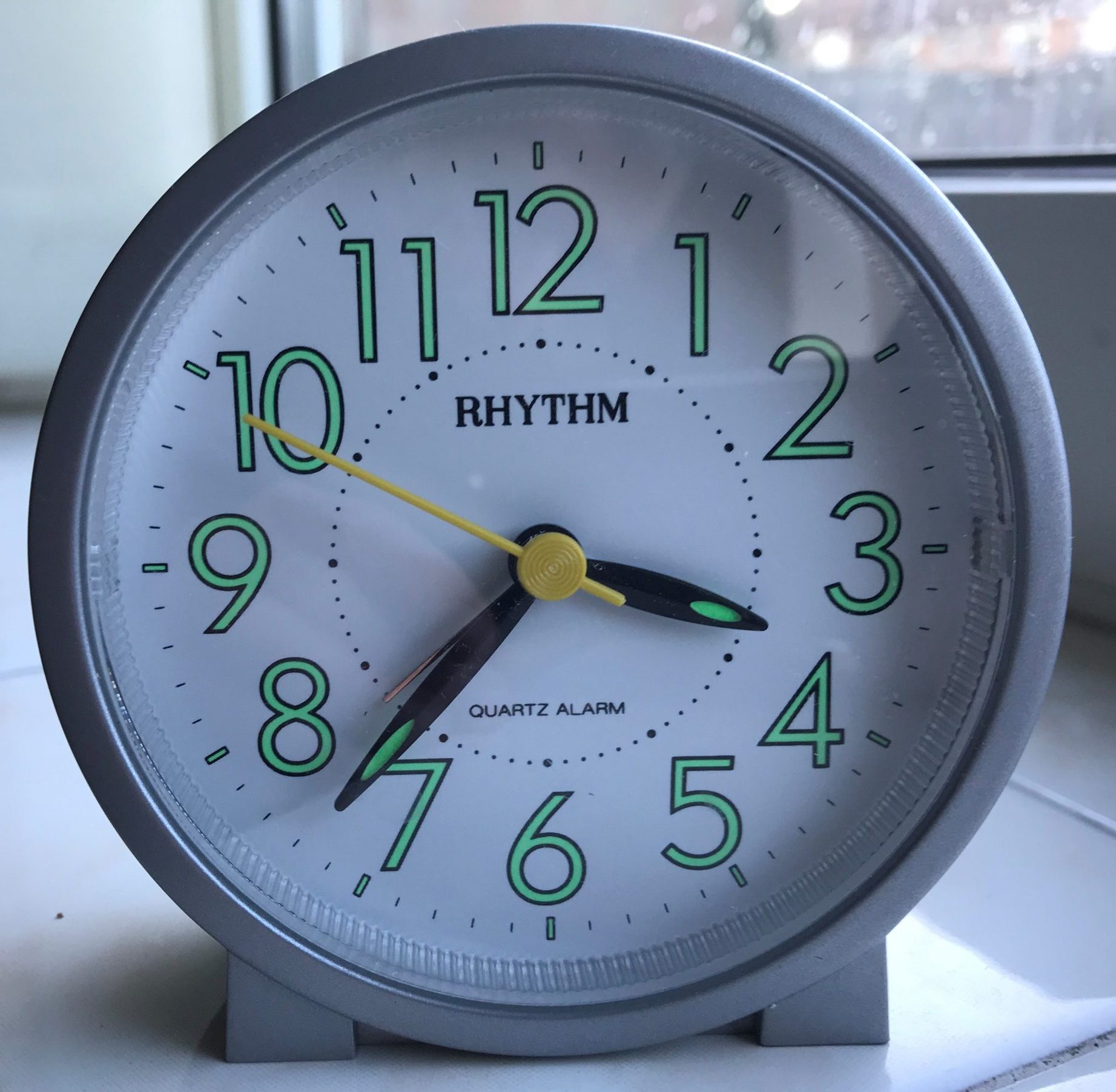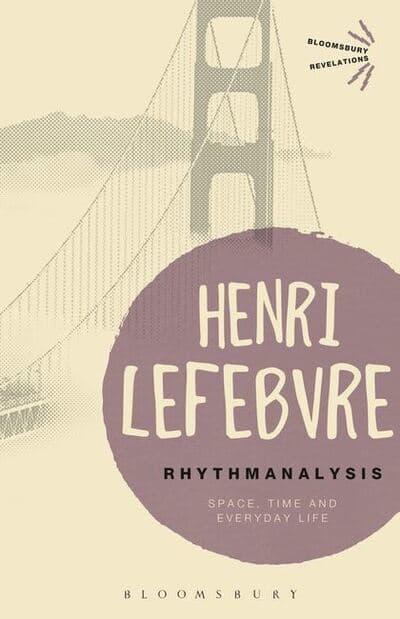 A few selected papers that I have drawn on in my/our writing and that have inspired particular lines of thinking and/or applications of rhythmanalysis:
A few selected papers that I have drawn on in my/our writing and that have inspired particular lines of thinking and/or applications of rhythmanalysis:
Blue, S. 2017. “Institutional rhythms: Combining practice theory and rhythmanalysis to conceptualise processes of institutionalisation.” Time & Society 28 (3):922-950.
Brighenti, A. M. and M. Karrholm. 2018. “Beyond rhythmanalysis: towards a territoriology of rhythms and melodies in everyday spatial activities.” City, Territory and Architecture 5 (4):https://doi.org/10.1186/s40410-018-0080-x
Jalas, M., Rinkenen, J. & Silvast, A. 2016. “The rhythms of infrastructure”. Anthropology Today, 32, 17-20
Jones, O. 2011. “Lunar-solar rhythmpatterns: towards the material culture of tides.” Environment and Planning A 43 (10): 2255-508.
Kullman, K. and C. Palludan. 2011. “Rhythmanalytical sketches: agencies, school journeys, temporalities.” Childrens Geographies 9 (3-4):347-359.
Nansen, B., M. Arnold, M. R. Gibbs, and H. Davis. 2009. “Domestic orchestration: rhythms in the mediated home.” Time and Society 18 (2/3):181-207
Power, E. 2009. “Domestic temporalities: Nature times in the house-as-home.” Geoforum 40:1024–1032.
Reid-Musson E. 2017. “Intersectional rhythmanalysis: Power, rhythm, and everyday life”. Progress in Human Geography, 42. 881-897
Schwanen, T., I. van Aalst, J. Brands, and T. Timan. 2012. “Rhythms of the Night: Spatiotemporal Inequalities in the Nighttime Economy.” Environment and Planning A: Economy and Space 44 (9):2064-2085
Vannini, P. & Taggart, J. 2015. “Solar energy, bad weather days, and the temporalities of slower homes”. Cultural Geographies, 22, 637-657
 Some key books on rhythmanalysis (including where it all started of course) and related thinking about time and temporalities. If you are interested in working out how to do rhythmanalysis (not that there is one way to do so), Dawn Lyon’s book is a great starting place
Some key books on rhythmanalysis (including where it all started of course) and related thinking about time and temporalities. If you are interested in working out how to do rhythmanalysis (not that there is one way to do so), Dawn Lyon’s book is a great starting place
Adam, B. 1990. Time and Social Theory. Cambridge: Polity Press.
Adam, B. 1998. Timescapes of modernity: the environment and invisible hazards London: Routledge.
Chen, Y. 2017. Practicising Rhythmanalysis: Theories and Methodologies. London: Rowman and Littlefield.
Christiansen, S. L. and M. Gebauer, eds. 2019b. Rhythms Now: Henri Lefebvre’s Rhythmanalysis Revisited. Aalborg: Aalborg Universitetsforlag
Edensor, T. (Ed.). 2010. Geographies of Rhythm: nature, place, mobilities and bodies. Farnham: Ashgate.
Jalas, M. 2006. Busy, Wise and Idle Time: a Study of the Temporalities of Consumption in the Environmental Debate. Helsinki: Helsinki School of Economics
Lefebvre, H. [1992] 2004. Rhythmanalysis: Space, Time and Everyday Life. London: Continuum.
Lyon, D. 2018. What is Rhythmanalysis? London: Bloomsbury Press
Rhuthmos. This is an impressive website that provides a mass of resources for the study of rhythms across all sorts of different contexts and disciplines. Particularly focused on French language sources.
DEMAND Centre. The research centre at Lancaster University during which ideas for the Energy and Rhythm book were initially developed. The Centre shut down when funding ended, but the legacy website is packed full of resources on concepts, energy demands of many different forms, including time-based perspectives and analyses of ‘peaks, trends and rhythms’.